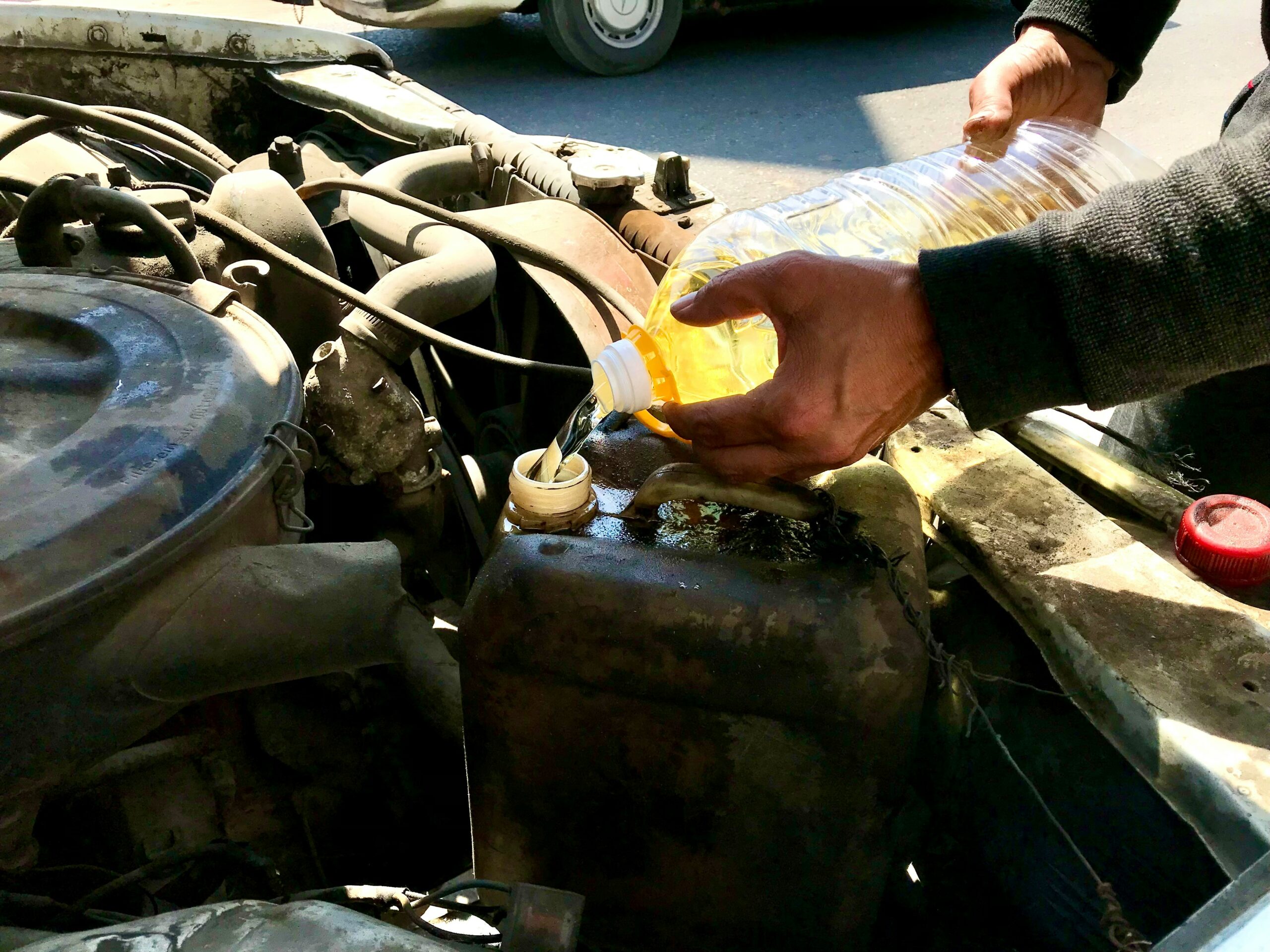1- Introduction
🚗 If you’ve ever wondered how to check your car’s fluids, this guide will walk you through it step-by-step, Just like your body needs water and nutrients, your car needs essential fluids to function properly, From keeping your engine cool to helping you stop safely, these fluids play critical roles, Neglecting them can lead to breakdowns, expensive repairs, or even accidents.
In this guide, you’ll learn how to check your car’s fluids quickly and confidently even if you’re not a mechanic!
🗂️ Table of Contents
2- Why Checking Fluids Matters 🚘
Each fluid in your vehicle serves a specific and vital role. Without regular checks, issues can develop silently until they become expensive to fix, Monitoring these fluids helps improve fuel efficiency, prolong engine life, ensure braking safety, and prevent overheating.
3- Engine Oil 🛢️
When learning how to check your car’s fluids, oil is the first place to start, It’s the most vital fluid to engine health, Engine oil is one of the most critical fluids for protecting your engine and ensuring smooth operation, It keeps engine components moving smoothly, minimizes friction,Understanding how to check your car’s fluids includes knowing when brake fluid is low or contaminated, and helps regulate temperature under the hood.
– 🔧 How to check it : Open the hood and locate the dipstick (usually labeled yellow or orange), Pull it out, wipe it clean, reinsert it fully, then pull it again to check the level and color.
🟢 What to look for : The oil should appear light amber and have a smooth consistency, If it looks dark, feels rough between your fingers, or appears low on the dipstick, it’s time to change or top it off.
– 📅 When to check : Every 2–4 weeks or before long trips.
4- Coolant or Antifreeze ❄️
Coolant helps stabilize your engine’s temperature, preventing it from overheating in summer and freezing during cold seasons.
– 🔧 How to check it : Look at the coolant reservoir tank (usually translucent), Make sure the level is between the ‘Min’ and ‘Max’ lines.
⚠️ Warning : Opening the radiator cap while the engine is hot can release scalding coolant under pressure wait for the engine to cool completely to avoid serious injury.
– ❄️ Color : It should be green, orange, or pink depending on your vehicle, Brown or cloudy coolant needs flushing.
5- Brake Fluid 🛑
Brake fluid allows the pressure you apply on the pedal to be transferred through hydraulic lines, enabling smooth and responsive braking, Without proper fluid levels, your brakes may feel spongy or fail to respond when needed.
🔧 How to check it : Locate the brake fluid container toward the back of the engine bay commonly situated near the master cylinder and integrated into the braking system assembly, close to the master cylinder and has a clear plastic body with markings showing safe fluid levels.
💡 Color : When fresh, brake fluid is nearly transparent with a hint of yellow, A noticeable change to a brown or murky color signals that the fluid has aged and should be replaced to maintain safe braking performance.
– 🔁 Change interval : Every 2 years or as recommended.
6- Transmission Fluid 🔄
Transmission fluid keeps gears shifting smoothly.
– 🔧 How to check it : Many vehicles come with a transmission dipstick for easy checking similar to engine oil, However, some modern models use sealed systems that require inspection by a professional technician.
– 🟥 Color: Should be bright red or pink, a dark color or a strong burnt smell from the fluid typically means it has deteriorated and should be changed as soon as possible.
7- Windshield Washer Fluid 💧
Windshield washer fluid is vital for keeping your view clear, especially during rain, dust, or road grime buildup.
-🔧 How to check it : Twist off the cap with the windshield washer symbol, then check the see-through tank to ensure the fluid is filled close to the top, The tank is usually clea fill it to the top if low.
– ❄️ Use antifreeze washer fluid in winter to prevent freezing.
8- How to Spot Leaks or Low Fluid Levels in Your Car ⚠️
If you spot puddles under your car or notice any of these signs, check your fluids immediately :
– 🚨 Oil leak : Brown or black spots
– 🔴 Transmission fluid leak: Red
– 💧 Coolant : Green, pink, or orange
– ⚠️ Symptoms: Warning lights, rough engine sound, spongy brakes, or overheating
9- 🧠 Real-Life Example
🧠 William ignored a low oil warning for weeks, One day on the highway, the engine seized, requiring a $3,000 rebuild, A $5 quart of oil could’ve prevented it, Checking your fluids takes minutes but can save thousands in repairs.
10- ✅ Final Tips & Summary
✅ Keep a checklist in your glove box for fluid checks.
✅ Schedule a monthly fluid inspection with your oil changes.
✅ Learn your car’s color codes and dipstick locations.
Maintaining proper fluid levels helps ensure a safe, efficient, and long-lasting vehicle.
Make it a habit to inspect your car monthly and don’t forget to review how to check your car’s fluids regularly to avoid surprise repairs.
📌 Internal Link :
💡 Dashboard Warning Lights: What They Mean & What You Should Do
🌐 External Source :

